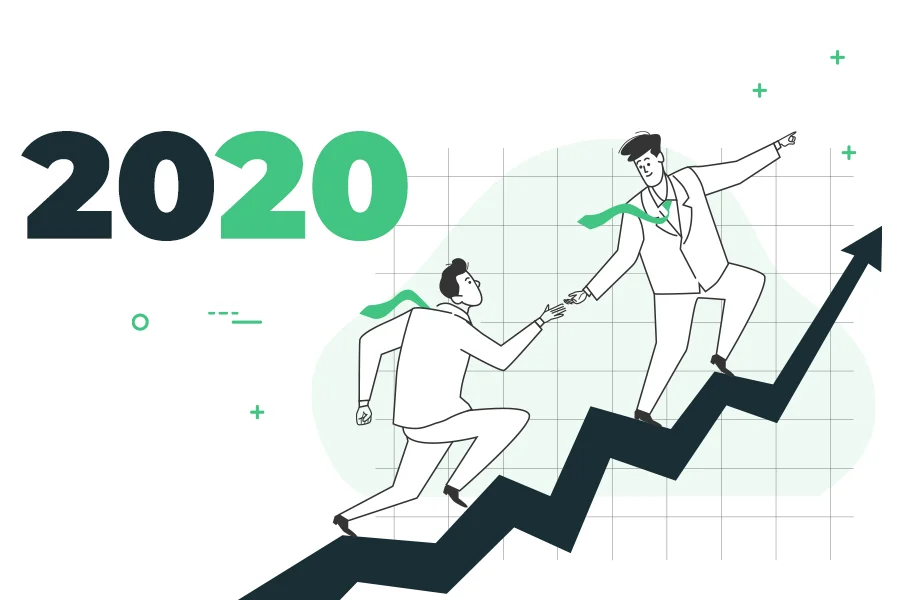It’s officially 2020, and here’s hoping the New Year gives you fresh motivation to trade more and may you have greater opportunities for prosperity. Helping you in this quest are advanced online stock brokers who provide you with all the high tech tools you need to trade efficiently.
With 2020 already upon us, you would have already decided upon the trading strategy you wish to adopt for the year. But Motley Fool columnist Justin Cardwell says that whatever your resolution is, you need to buy more stocks in 2020.
Why You Would Want to Buy More Stocks
Cardwell points out the impressive run of the S&P 500 in 2019. It has managed to rise 29% year-to-date. The United States has had a record breaking bull run, with investor sentiment being at an all-time positive level.
But the markets haven’t been issue-free as a result of political issues such as the trade war with China, the US president’s impeachment trial, Brexit and a global economy that is slowing. While Cardwell is aware of these pressures, he reckons there are key factors that have made for quite a bullish perspective for stocks heading towards 2020. One of the most important of these is the low unemployment.
The All-time Low Unemployment Level
The continuing record low unemployment figure is a major positive factor. As per data by the Bureau of Labor Statistics, unemployment in the United States is the lowest in 50 years. The all-time low was in September, when the rate of unemployment stood at just 3.5%. It’s never been this low since May 1969.
The immediate argument against this trend would be that low rates of unemployment are considered negative by investors on account of the fact that they increase the pressure for the Fed to raise interest rates. The Fed adopts this strategy to contain inflation, but it also slows down the economy. This conventional principle applies when high inflation follows low employment, which usually happens. But this time, that trend has been altered.
Steady Interest Rates to Stimulate the Economy
The economic cycle this time does not show indications of inflation rising. There have been other headwinds that, despite the unemployment, have caused the Fed to actually bring down interest rates thrice in 2019. They are now fluctuating in the region of 1.5% and 1.75%. This decrease has resulted in the trade war-induced slowdown and the global economy slowdown being counteracted. And it is expected that the Fed will keep the interest rates steady all through 2020.
The low interest rates will help stimulate the economy as a result of the low borrowing cost. In 2020, Fed chairman Jerome Powell expects the US economy to grow 2%. That may be lower than the 2.2% overall growth experienced in 2019, but Powell doesn’t reckon the rate would need to be increased unless there is rising inflation across more than one quarter.
DISCLAIMER
The content provided here is solely for informational and educational purposes and does not constitute an offer to sell or a solicitation to buy any security or instrument which may be referenced upon the site, or an offer to provide advisory or other services by TradeZero in any jurisdiction in which such offer, solicitation, purchase or sale would be unlawful under the securities laws of such jurisdiction. Investors are advised not to rely on the information contained in this writing to make an informed investment or financial decision. TradeZero explicitly disclaims all liability for any action taken based on any information contained in this writing.
